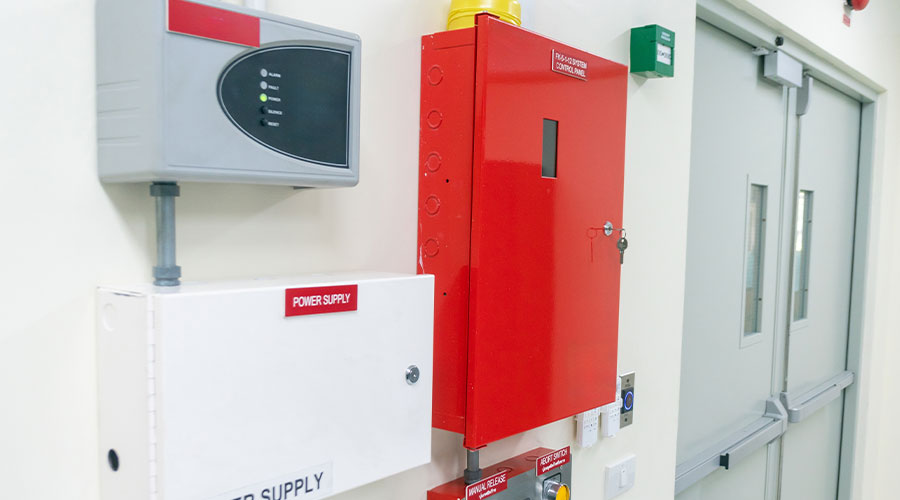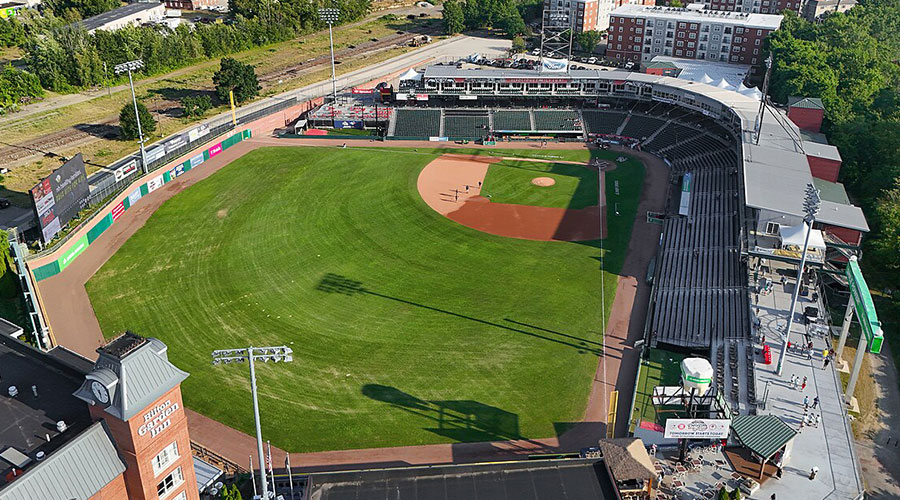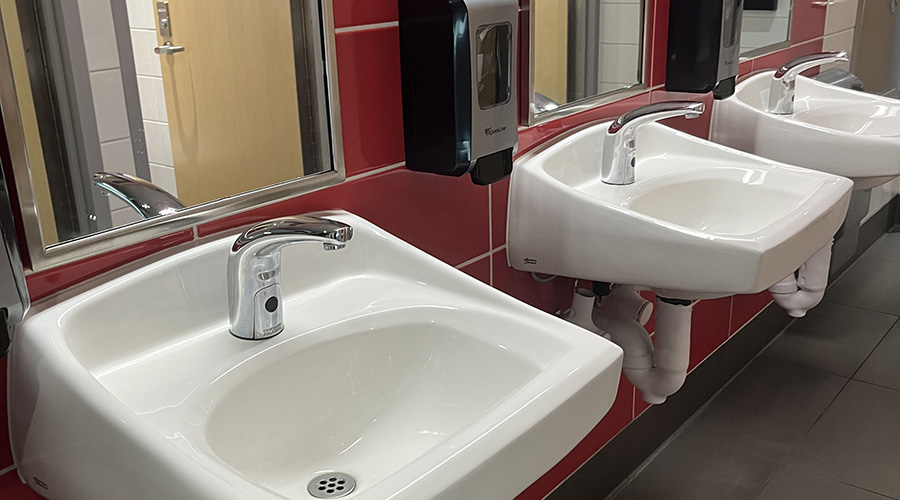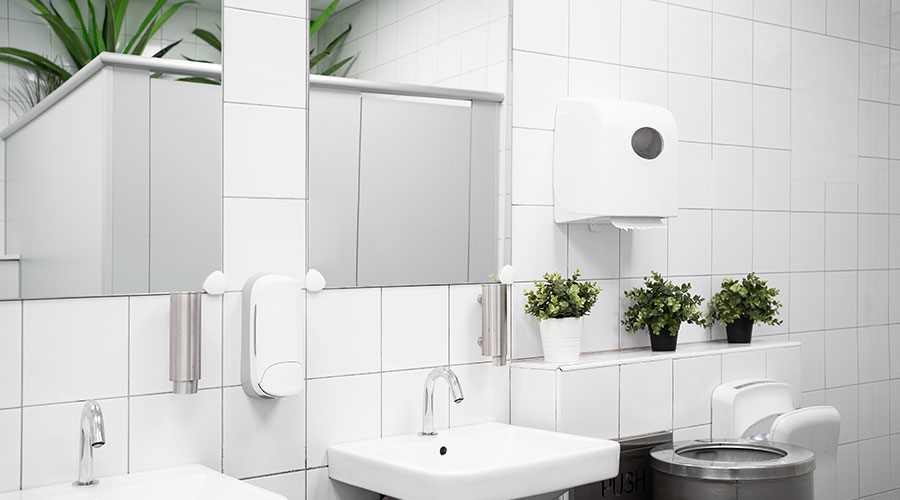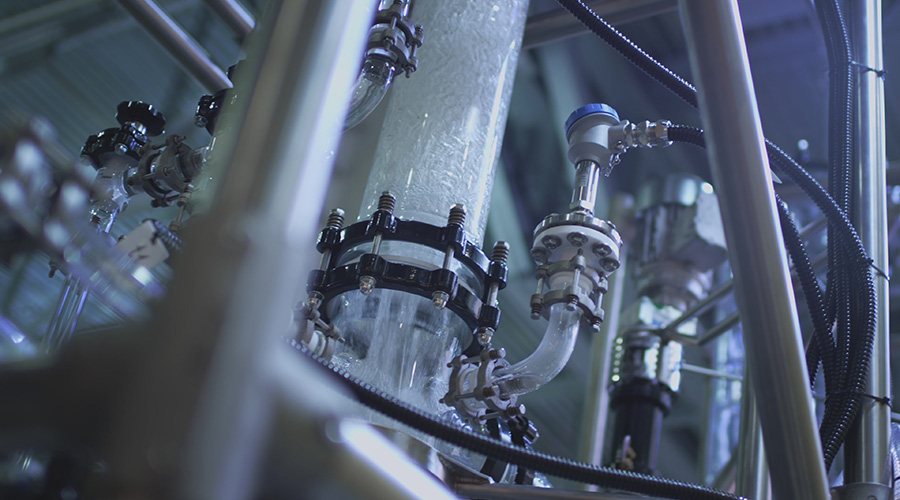Focus on Plumbing Retrofit Products
Once managers have worked their way through these problematic myths and misconceptions, they can focus on more component-specific issues in their attempts to match products to facility needs.
Electronic vs. conventional faucets. While a few reports document higher water use by electronic faucets compared to their manual counterparts, that comparison is not exactly apples to apples. In other words, a commercial-use manual faucet limited to a flow rate of 0.5 gallons per minute (gpm) might not be an exact cross-over of an electronic faucet at the same flow rate but pre-programmed to discharge water for a fixed amount of time, say 15-20 seconds.
Here, the intended use of the electronic faucet is for a full lathering and hand washing, such as in food-preparation areas, where employees of a retail establishment's food court must comply with health codes. The above example describes a faucet that dispenses water for an intended use or the full run time of the faucet.
Another reason for increased consumption might also be as simple as the specification of the wrong electronic faucet, such as using a 2.2 gpm version in an application requiring 0.5 gpm. This misapplication might be attributable to misinformation given to the specifier or manager. Another reason for increased water use by electronic faucets might a malfunctioning sensor, either as a result of vandalism or a ghosting or shadowing phenomenon.
Electronic faucets also often feature an optional mixing valve, which allows technicians to preset the water for a specific temperature. In contrast, restroom users, not technicians, typically adjust a manual faucet to achieve a desired temperature. Users do this while waiting for the water to reach the desired temperature and then begin washing their hands.
Electronic faucets save precious water in such cases, leading to savings on the monthly water bill — provided the manager has chosen the right faucet for the application.
Showerheads. Managers who are considering retrofitting their facilities showers with lower-flow showerheads should consult with the manufacturer or a plumbing engineer who is knowledgeable about anti-scald or pressure-balancing mixing valves. Validating the capacity demand at the reduced shower end points can go a long way to avoiding user problems related to improperly sized valves.
Water-free urinals. Some water-free urinals do, in fact, use very small amounts of water. Each time a housekeeper performs a cleaning cycle and cartridge replacement, the maintenance routine calls for pouring a few gallons of water into the drain before installing the new cartridge. Hence, the water use. To determine the rate of water use related to these urinals, managers can divide the gallons of water used during the maintenance cycle in rinsing out the drain by the number of uses of the cartridge cycle.
Maintenance of waterless urinals is not complicated, but housekeepers must follow it explicitly if the facility is to achieve maximum water savings without any adverse customer experiences. They must follow the manufacturer's schedule of replenishment or risk creating adverse customer experiences.
Related Topics:






